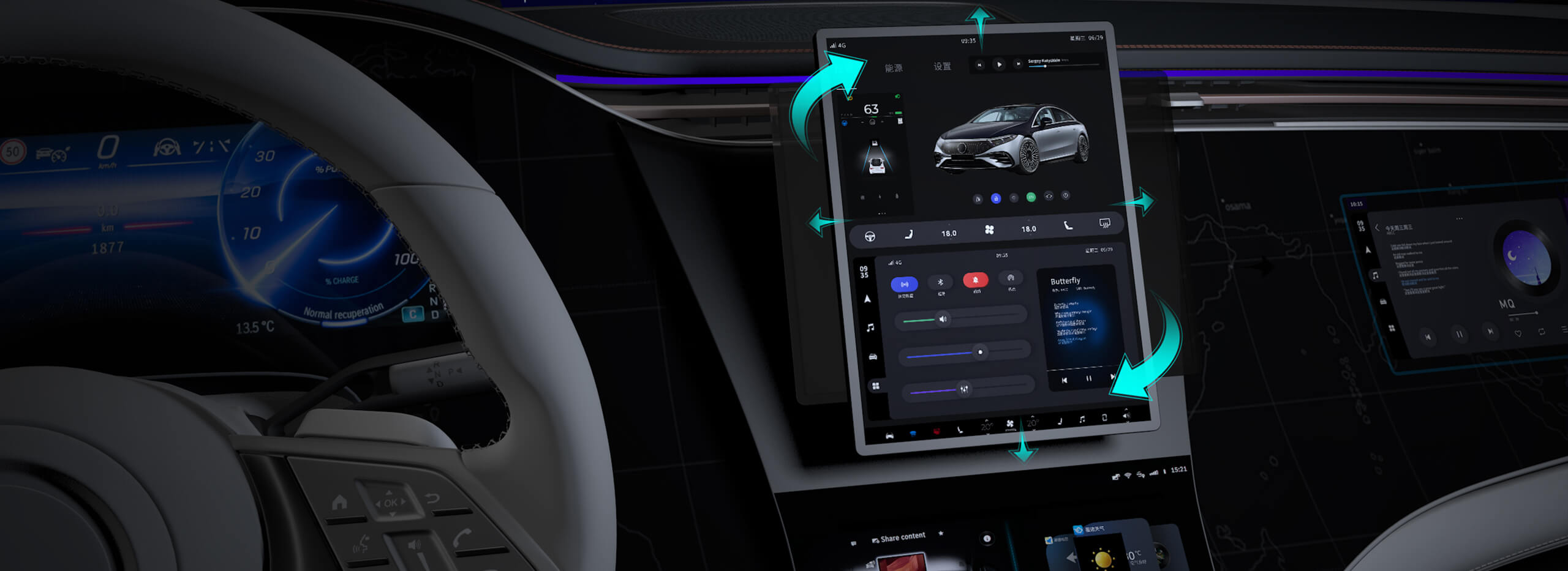Getting that micro servo sensor attached perfectly might seem like a small task, but it’s often where many stumble. Picture this: you’ve got your tiny, nimble servo in hand, ready to bring your project to life, but figuring out how to connect it securely, without any wobble or play, becomes a puzzle. That’s where understanding the quirks and details really pays off.

First, think about the connector itself. Micro servo sensors usually come with a set of three wires: power, ground, and signal. It might seem straightforward, but the key is ensuring these wires connect tightly to the right terminals. Loose connections are a common culprit for jittery motion or unresponsive behavior. The connectors are often small but unforgiving; a gentle push often isn’t enough — you want a snug fit, like slipping into your favorite pair of shoes that mold perfectly to your feet.
One way to improve the attachment? Use some high-quality servo extension cables. They give you extra length, making handling easier and reducing stress on the tiny connectors. But be careful — excessive strain can loosen the connection over time. When plugging in, line up the connector carefully and avoid forcing it. A little wiggle can help seat it proper, but too much force could damage the pins.
Now, what about the mounting itself? Some folks overlook how crucial this step is. Using the right mounting brackets or tape can make a big difference. You want stability, not a micro jump every time your servo picks up a movement. Consider using a dedicated servo horn or arm made for micro sensors — something lightweight but sturdy enough to hold position without breaking or slipping.
Here’s one thing I’ve seen break a lot of focus: forgetting to verify polarity. Powering the servo backward or mixing up the signal wire can be a recipe for frustration. Control your wiring carefully, double-check the orientation before powering up. It’s a small step that saves a lot of time.
Questions sometimes pop up — why does my servo jitter even though it’s attached tightly? Often, it’s a matter of signal noise or insufficient power. Good quality power supplies and shielded wiring can eliminate interference. Also, tuning your control signal can smooth out the jitter.
If I had to sum it up in a casual way, attaching a micro servo sensor is less about brute force and more about finesse. Think of it like a delicate dance — gentle handling, proper fit, and securing it well makes all the difference. When you get it right, that tiny servo responds perfectly to your commands, executing smooth movements that look just right.
And honestly, it’s kinda satisfying when you finally nail that connection. As you get used to the little tricks, it becomes second nature. You start to see all those tiny wires and brackets as an extension of your creativity — tools to help bring your ideas to reality, one confident attachment at a time.
Established in 2005, Kpower has been dedicated to a professional compact motion unit manufacturer, headquartered in Dongguan, Guangdong Province, China. Leveraging innovations in modular drive technology, Kpower integrates high-performance motors, precision reducers, and multi-protocol control systems to provide efficient and customized smart drive system solutions. Kpower has delivered professional drive system solutions to over 500 enterprise clients globally with products covering various fields such as Smart Home Systems, Automatic Electronics, Robotics, Precision Agriculture, Drones, and Industrial Automation.




































